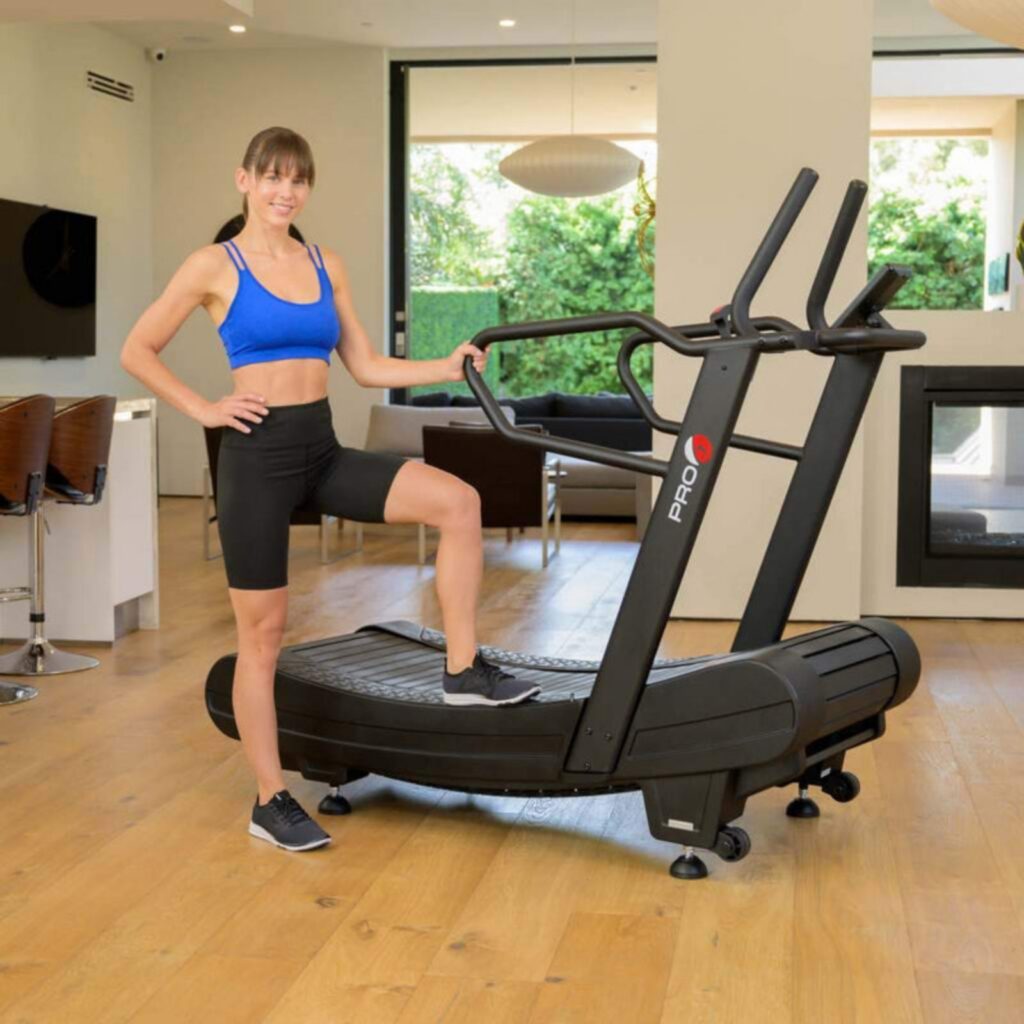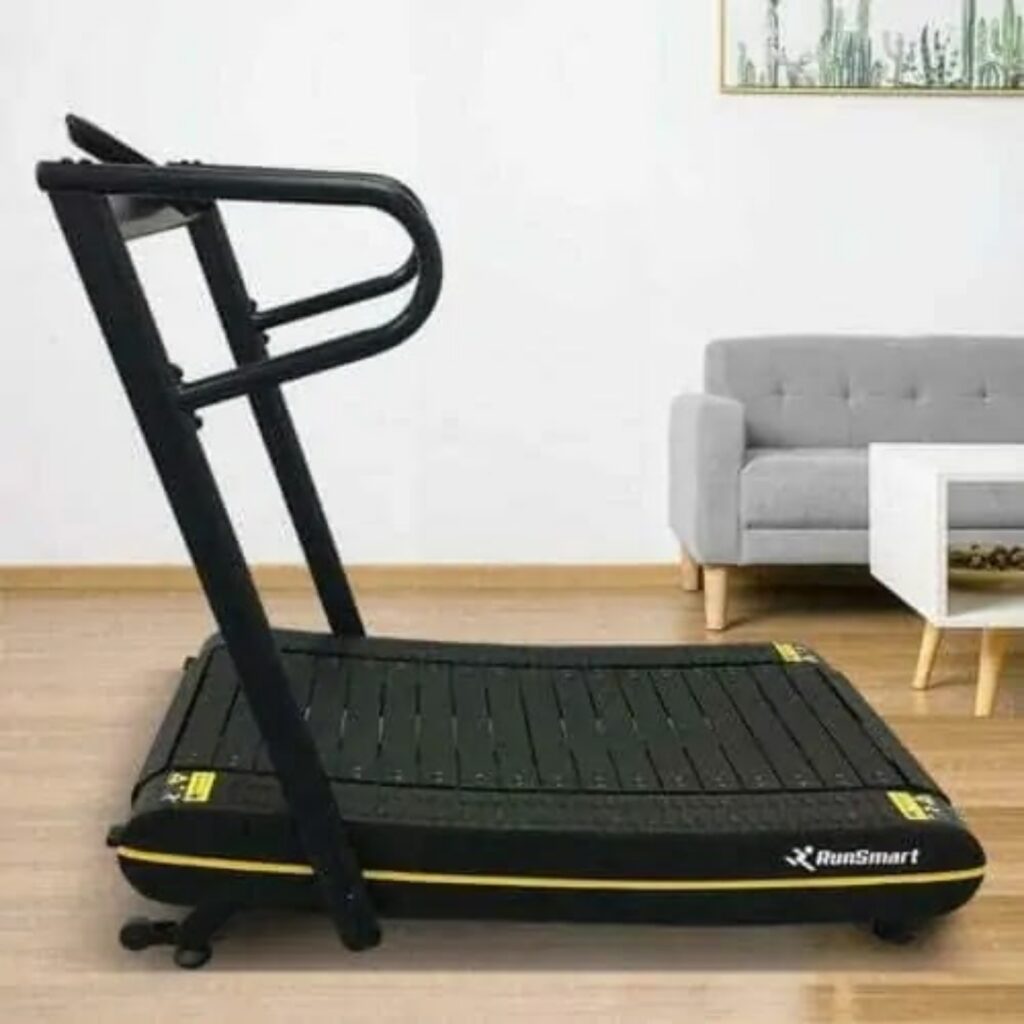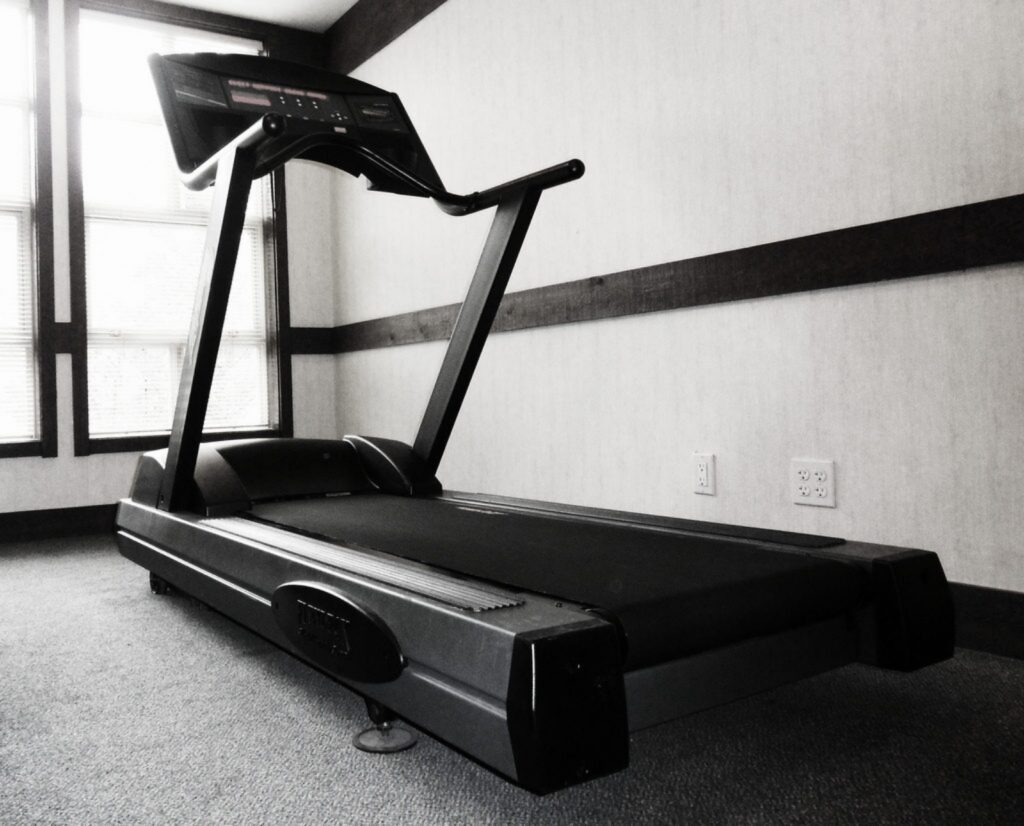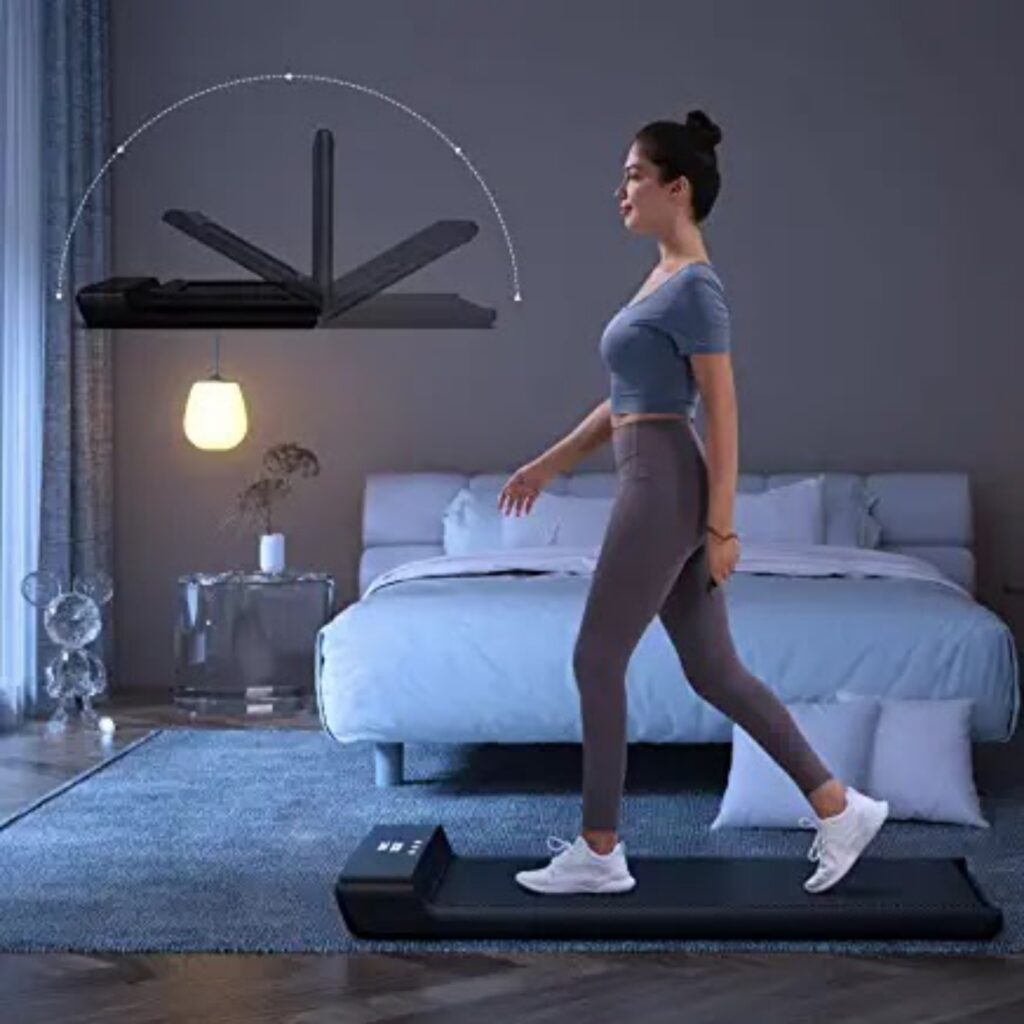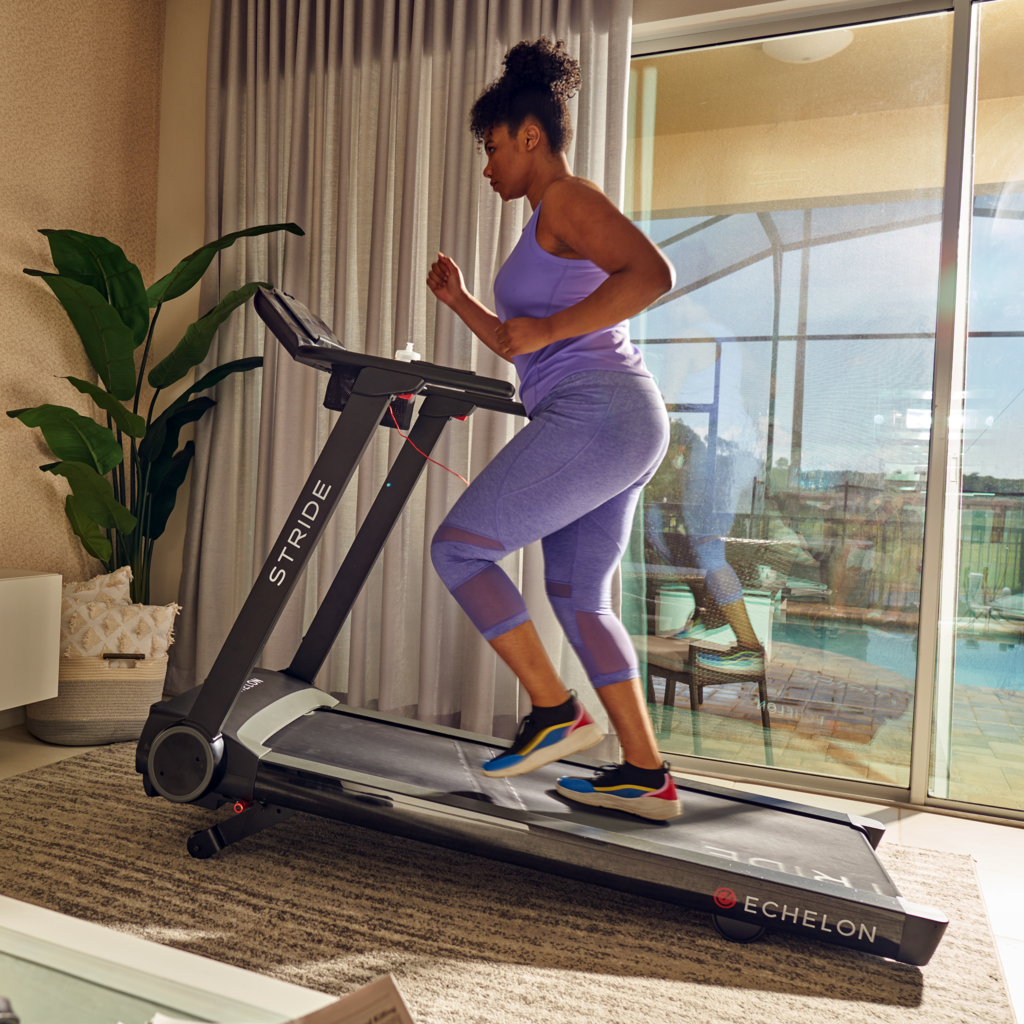
Non Electric Treadmill
Are you tired of working out on a treadmill that consumes a lot of electricity and makes a lot of noise? Are you looking for a low-cost, eco-friendly, and quiet workout solution? Look no further than non-electric treadmills. In this article, we’ll explore the benefits and types of non-electric treadmills that can help you achieve your fitness goals.
Table of Contents
- Introduction
- What is a non-electric treadmill?
- Benefits of non-electric treadmills
- Eco-friendly
- Cost-effective
- Quiet operation
- No electricity needed
- Portability
- Types of non-electric treadmills
- Manual treadmills
- Curved treadmills
- Gravity treadmills
- Self-powered treadmills
- Hybrid treadmills
- How to choose a non-electric treadmill
- Purpose
- Durability
- Size and weight
- Incline and resistance options
- Warranty and customer service
- Tips for using a non-electric treadmill
- Warm-up and cool-down
- Proper posture and form
- Gradual progression
- Hydration and nutrition
- Maintenance and care
- Cleaning and lubrication
- Inspection and repair
- Frequently asked questions
- Conclusion
- FAQs
1. Introduction
Treadmills have been a popular exercise equipment option for decades. They provide a convenient and efficient way to stay in shape, burn calories, and improve cardiovascular health. However, traditional electric treadmills have some downsides, including high energy consumption, noise, and the need for a power source. Non-electric treadmills are a solution to these problems, offering an eco-friendly, budget-friendly, and quiet alternative.
2. What is a non-electric treadmill?
A non-electric treadmill is a type of fitness machine that doesn’t require electricity to operate. Instead, it uses your body weight and movement to power the belt, making it an energy-efficient and cost-effective option. Non-electric treadmills come in various designs and styles, and they can be used both indoors and outdoors.
3. Benefits of non-electric treadmills
Eco-friendly
Non-electric treadmills are a greener alternative to electric treadmills. They don’t require any electricity or use a motor, which means they don’t consume any energy or emit any harmful pollutants. By using a non-electric treadmill, you can reduce your carbon footprint and help protect the environment.
Cost-effective
Non-electric treadmills are generally cheaper than electric treadmills, making them a budget-friendly option for those who want to stay fit without breaking the bank. They also don’t have any additional costs, such as electricity bills or maintenance fees.
Quiet operation
Non-electric treadmills are much quieter than electric treadmills. Since they don’t have a motor, they don’t make any noise or vibrations, allowing you to work out without disturbing your family or neighbors.
No electricity needed
Non-electric treadmills don’t require any electricity, making them an excellent option for those who live in areas with frequent power outages or who want to reduce their reliance on electricity.
Portability
Most non-electric treadmills are lightweight and portable, making them easy to move around and store. They are a great option for people who don’t have a lot of space or who like to work out in different locations.
4. Types of non-electric treadmills
There are different types of non-electric treadmills, each with its unique features and benefits. Some of the most common types include:
Manual treadmills
Manual treadmills are the most basic type of non-electric treadmill. They have a simple design, with a belt that rotates when you move it with your feet. They are often lightweight and affordable, but they lack the advanced features of other types of treadmills, such as incline settings and resistance levels.
Curved treadmills
Curved treadmills have a curved shape that helps you maintain proper posture and form while running. They are self-powered and offer an adjustable resistance level, allowing you to customize your workout intensity.
Gravity treadmills
Gravity treadmills use a unique technology that allows you to adjust the amount of body weight you put on your feet. By reducing the impact on your joints, they are an excellent option for those with injuries or mobility issues.
Self-powered treadmills
Self-powered treadmills use your body weight to power the belt, and they often come with adjustable resistance levels. They are a popular option for outdoor running or walking, as they don’t require any electricity.
Hybrid treadmills
Hybrid treadmills combine the benefits of electric and non-electric treadmills. They have a motor that powers the belt, but they also offer the option to turn off the electricity and use your body weight to move the belt.
5. How to choose a non-electric treadmill
When choosing a non-electric treadmill, there are several factors to consider, including:
Purpose
Consider your fitness goals and the type of exercise you want to do. If you are a runner, you might want a treadmill with an incline option or resistance levels. If you prefer walking, a manual treadmill might be sufficient.
Durability
Look for a treadmill made of high-quality materials that can withstand daily use. Check the weight limit and make sure the treadmill can support your weight.
Size and weight
Consider the size and weight of the treadmill, especially if you have limited space or plan to move it around. Some non-electric treadmills are foldable or lightweight, making them easy to store and transport.
Warranty and customer service
Choose a treadmill with a warranty that covers parts and labor, and check the customer service options in case you need assistance or repairs.
6. Tips for using a non-electric treadmill
To get the most out of your non-electric treadmill, follow these tips:
Warm-up and cool-down
Before and after your workout, perform a warm-up and cool-down routine to prevent injuries and reduce muscle soreness.
Proper posture and form
Maintain proper posture and form while using the treadmill to avoid strain on your joints and back.
Gradual progression
Start with a lower intensity and duration, and gradually increase as you get fitter and more comfortable.
Hydration and nutrition
Stay hydrated during your workout and consume a balanced diet to support your fitness goals.
7. Maintenance and care
To keep your non-electric treadmill in good condition, follow these maintenance and care tips:
Cleaning and lubrication
Regularly clean the treadmill and apply lubrication to the belt to reduce friction and prevent wear and tear.
Inspection and repair
Check the treadmill for any signs of damage or malfunction, and perform any necessary repairs or replacements.
8. Frequently asked questions
- Can non-electric treadmills track my fitness data?
Most non-electric treadmills do not come with built-in fitness tracking features, but you can use external fitness trackers or apps to monitor your progress.
- Are non-electric treadmills suitable for running?
Yes, some non-electric treadmills are designed for running and offer adjustable resistance levels and incline options.
- How much space do I need for a non-electric treadmill?
The space requirement depends on the size and type of treadmill. Some non-electric treadmills are foldable or compact, while others require more space.
- Can I use a non-electric treadmill without any prior experience?
Yes, non-electric treadmills are suitable for beginners, but it’s essential to start with a lower intensity and duration and gradually increase as you get fitter and more comfortable.
- How long do non-electric treadmills last?
The lifespan of a non-electric treadmill depends on the quality of the materials, usage frequency, and maintenance. With proper care and maintenance, a non-electric treadmill can last for several years.
Conclusion
Non-electric treadmills are an excellent option for those who want to exercise without relying on electricity. They are affordable, eco-friendly, and offer a wide range of benefits for your health and fitness. By choosing the right type of non-electric treadmill and following proper maintenance and care tips, you can enjoy a safe and effective workout routine at home or outdoors.
More information👇👇👇👇
Non Electric Treadmill
Non Electric Treadmill Non Electric Treadmill Non Electric Treadmill Non Electric Treadmill Non Electric Treadmill Non Electric Treadmill Non Electric Treadmill
Non Electric Treadmill Non Electric Treadmill Non Electric Treadmill Non Electric Treadmill Non Electric Treadmill

